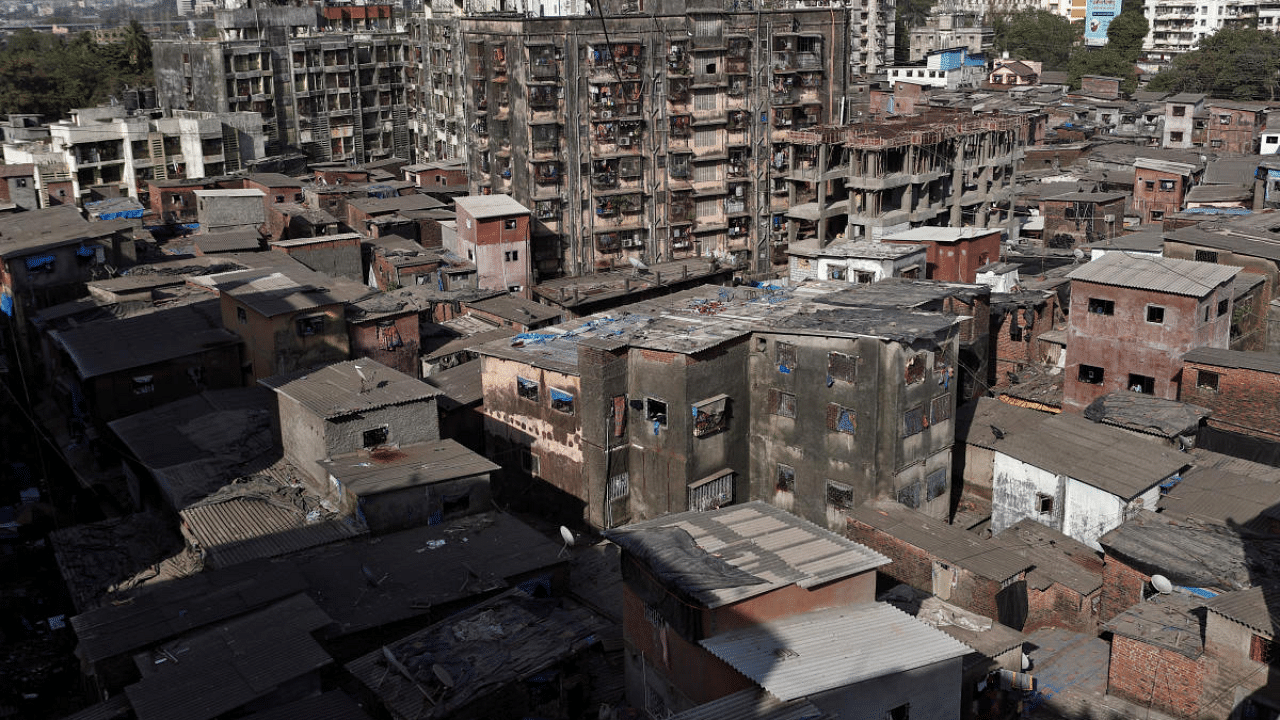
In a step towards the grand redevelopment of Dharavi, one of the world’s largest slum colonies in Mumbai, the Maharashtra Government has inked a deal with the Ministry of Railways for handing over of railway land needed for the much-awaited project. The Dharavi Redevelopment Project (DRP) will completely transform the biggest slum locality of Asia and among the most congested settlements of the world.
After the Eknath Shinde-led alliance government came to power, the project has been given a major push and put on fast-track mode.
The definitive agreement for handing over of railway land for DRP was signed between the Rail Land Development Authority and Dharavi Redevelopment Project Authority in the presence of Railway Minister Ashwini Vaishnaw and Deputy Chief Minister Devendra Fadnavis in New Delhi.
“The agreement will pave the way to fast track the Dharavi Redevelopment Project, one of the biggest redevelopment projects in Asia,” Fadnavis said and thanked Prime Minister Narendra Modi and Vaishnaw for their support to Maharashtra.
The Slum Rehabilitation Authority (SRA) is the nodal agency for the project. The DRP was approved in 2004, however, it has seen several technical issues and delays.
The Dharavi Redevelopment Project is spread over 106 hectares. The project was struck due to the non-transfer of 45 acres of Railways-owned land at Matunga, for which the state government paid Rs 800 crore in March 2019.
Sandwiched between the Sion and Matunga stations of Central Railway and Mahim and Bandra stations on the Western Railway, the Dharavi locality is a sort of business-cum-residential-cum-warehouse area, where nearly seven to 10 lakh people stay and work, in an area of 2.1 sq km -- making it the biggest slum locality of Asia. The famous Mithi river that empties into the Arabian Sea from the Mahim creek passes by the Dharavi area.
It has several business units, right from textiles and pottery to fabrication and leather industry. Plastic recycling and garbage segregation too are done here. It has an estimated 5,000 business entities and 15,000 single-room factories. Goods produced here go to the Middle East, South-East Asia, the United States, Europe and several other places.